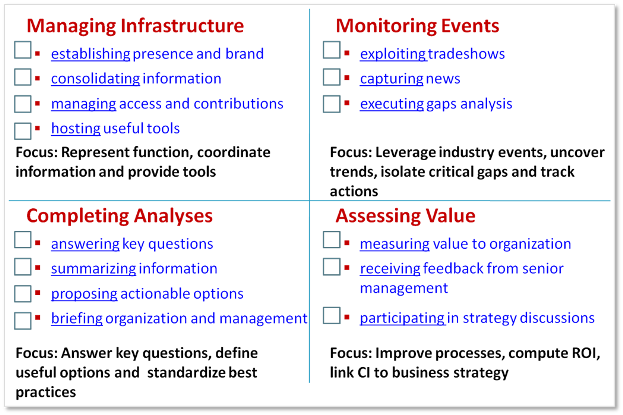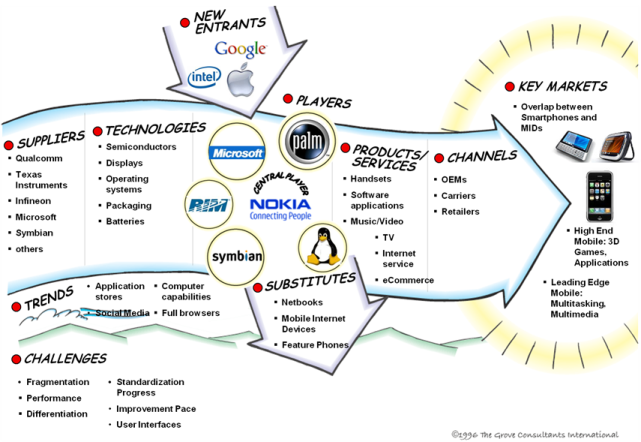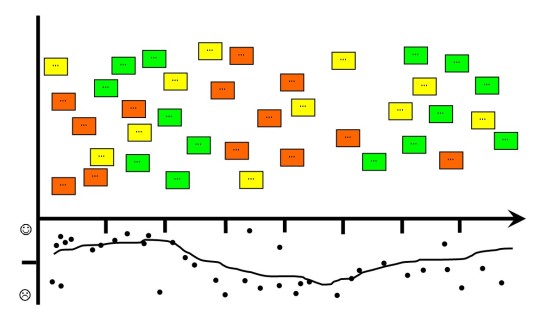I’m in the idea business. Chances are that you are too since you are reading this blog. We spend a lot of our time thinking, imagining and dreaming. Along the way we conceive of new products, innovative services and solutions to difficult problems. What a great way to make a living!
Business strategists and competitive intelligence professionals deal in ideas. At first it may seem that having a good idea is the biggest challenge. Later we come to know that affecting people successfully with those ideas is a much greater challenge. It’s wonderful when we work with people that accept our ideas readily.
Sometimes though, we run up against people that resist our ideas.
You know the type. Despite our honorable intentions, elegant solution and impressive presentation, they remain unmoved. More than that, they sometimes can get quite hostile. They seem to resist the very possibility that we have a great solution. Maybe their hostility or resistance is passive. It can take us a while to even figure out those people.
After battling the passive folks it is almost a relief to confront someone that openly and vociferously opposes us. Ah, let the battle begin, we think. My ideas versus your ideas and may the best ones (mine, of course) win! There is a big problem with this scenario. (Well, maybe there is more than one.)
It is extremely difficult to overcome someone’s resistance when we think of it as “resistance.”
People are masters are detecting our strategies and adjusting their “wall” to deflect unwelcome ideas. You try to argue with them. They might argue back, withdraw from the discussion or retreat to fight you another day. Many people will seem to agree with you and only later will you learn that their agreement was not sincere. The one certainty is that they remain unconverted to your idea. You will not be allowed to win because it means that they will have to lose.
Try transforming your image of resistance into one of “safety.”
Jerry Weinberg of Weinberg & Weinberg gave me this lesson a few years ago. At the time my head was bruised from all of the times that I beat it against a wall. The wall, of course, was all those idea resisters. How dare they withstand me, I thought! My ideas were good ones. They only wanted to see me fail which turned my bewilderment into anger and resentment. Then Jerry gave me transforming idea that the issue was their “safety.” What I was advocating affected their safety because it threatened them with change. The change that I wanted to occur was not something that they had asked for or welcomed. Coming to grips with how to effect change is the acid test for “idea” professionals.
Helping others work through their safety issues can actually improve your idea.
So I began to rethink how I approached others. I realized that my best ideas would languish without the agreement of at least some of the people that felt unsafe. I began to ask them about the possible impacts of my ideas. Did they have any thoughts about mitigating the side effects of my proposed idea? Were there things that could be modified in my original idea that would better consider the culture of the organization? In their opinion, what was the right pace of change? Were there ways to test my idea in some incremental fashion? Amazingly, by asking these questions, my idea and its implementation always got better. Adversaries became allies and co-owners. They began to trust me more and to help rather than fight me. My blood pressure went down and my forehead healed.
It’s good to have ideas. It’s good to make beautiful presentations. It’s good to find solutions.
It’s better to work through change with people together.
The days of command and control organizations (at least in high technology) are long passed. We have a few examples where knowledge workers can do powerful things when they are operating with confidence rather than fear. Your job and mine is to make sure that while we love our ideas, we also make sure that we are helping people feel as safe as possible with what we proposed. Yes, there will be discomfort with change. But harnessing the creative, contributory energy of others is the measure of a successful idea person.
Do you agree?


